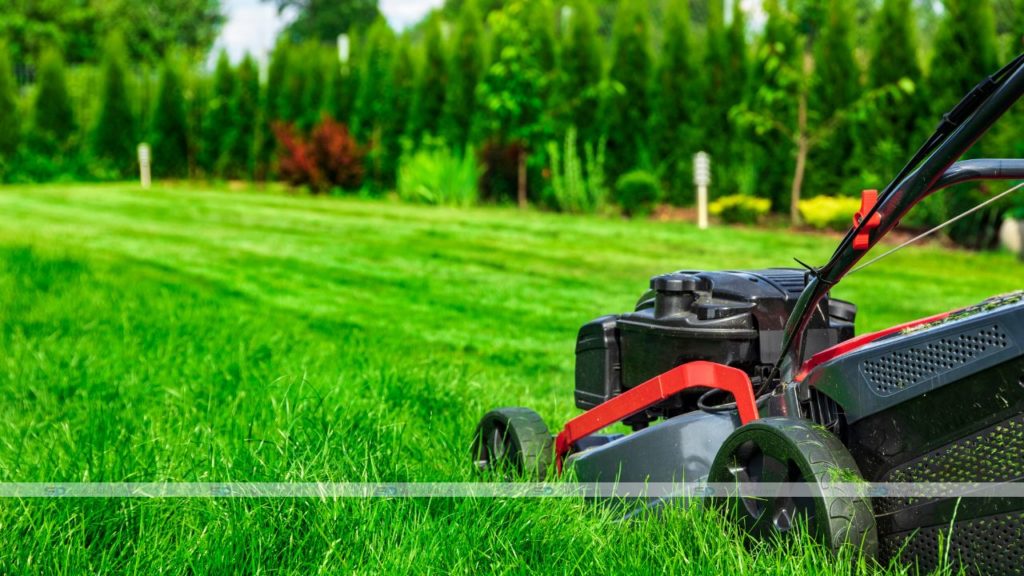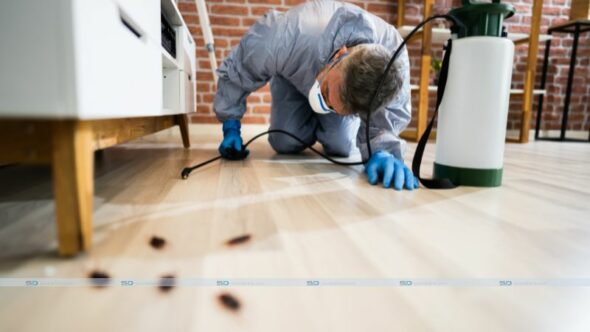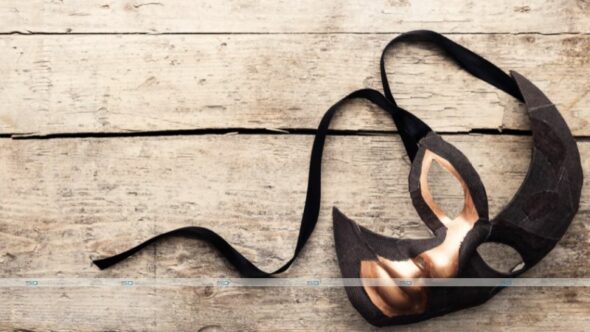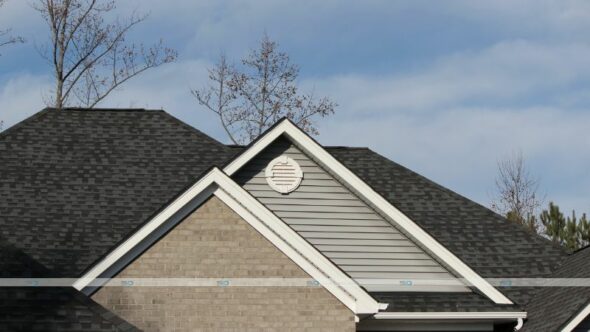To mow, or not to mow, that is the question. Fortunately, there’s no need for deep philosophical thinking when questioning whether to mow a wet lawn – the answer is no! Attempting to mow your yard in wet conditions can lead to a mess of unintended consequences. It’s better to leave the lawn care to a professional lawn care company!
Pushing a lawnmower over wet grass and dirt is much more physically intensive, but that’s not the biggest problem. It can also lead to poor turf health, unattractive and uneven results, equipment damage, and even personal safety risks. Although finding time for mowing is a challenge, there are several reasons why it’s best to wait it out till your yard has dried out. Aside from taking care of your lawn, you might also want to find a way to revitalize it with lesser maintenance needs. Fortunately, our home builder found the best artificial grass contractor near phoenix.
1. Cutting wet grass can be bad for lawn health.
The two primary reasons to mow a lawn are improving appearances and maintaining good turf health – right? Well, mowing wet grass can do just the opposite. Running the mower over damp grass (even with sharp mower blades) is more likely to tear grass blades rather than cut them cleanly. Pulling and tearing grass blades weakens them, making them vulnerable to disease and fungal invasions (see what kills dandelions but not grass here). Torn grass blades are also susceptible to browning and thinning out.
In addition, fungi, weeds, and diseases prefer wet environments and often grow in grasses with excess moisture. Mowing in these wet conditions can spread these diseases and fungi all over your yard. Not to mention, damp grass clippings form large matted clumps that remain wet for some time when left on the lawn blocking airflow and encouraging fungal growth.
As if all this weren’t bad enough, wet grass clippings stick to the underside of the mower and can cause mold to grow. This mold can then spread to your grass the next time you bring the mower out to the yard. Mold is a serious issue so be sure to contact Signal Hygiene if you are having any problems with mold in your home. Essentially, mowing on wet grass can lead to many lawn health issues that are much better left avoided, so speak with a lawn care specialist to learn about you lawn needs!
2. Mowing a wet lawn can damage your soil.
When the ground is soaked through, any activity on our grass can lead to sunken ruts in the soil. Walking can leave foot imprints, furniture set out can leave holes, and heavy lawn equipment like mowers can leave behind wheel tracks in the dirt.
These wheel ruts are not only unattractive, but they can also create issues for your soil. Sunken wheel tracks can compact your soil, damage roots, and impede healthy grass
growth. To avoid making these divots in your yard, have a landscape drainage contractor Downers check the soil for muddy or soft conditions. If your feet sink into the ground, you better believe your mower will too!
3. Wet grass can damage your mower.
Wet grass can clump and stick to a mower deck like bubble gum on a shoe. These wet grass clippings can clog the mower disrupting the blades and vacuum, causing it to function poorly. Between choking on wet clippings and a building blockage, the mower is likely to overwork itself until it’s forced to shut down.
Sucking up moisture from the wet grass can also create issues in your mower’s fuel tank. Without an appropriate fuel stabilizer, excess moisture in the gas tank can contaminate any leftover fuel and cause corrosion. All this trouble boils down to an expensive lawn equipment replacement cost that could’ve been avoided.
4. Grass often looks messy and unattractive after a wet cut.
Mowing your yard can be a time-consuming and overwhelming chore, but the reward of a neat and gleaming lawn makes it worth it. Imagine the frustration of pushing and lugging your mower around for an end result of sloppy, uneven grass. Unfortunately, this is typically the case after mowing wet grass.
Wet grass is both slippery and laden down with water making it hang closer to the ground. Attempting to cut grass while in this state leads to a rough and uneven cut. To achieve a neat clean cut, wait for grass blades to dry and return to their standing upright form. If you choose to mow through the moisture, you’ll likely need to get back out to cut very soon again to remedy the unkempt and uneven trim.
5. Mowing wet grass can be dangerous.
Finally, mowing wet grass can be a safety hazard. Damp grass is notoriously slippery, and just imagine slipping and falling while pushing a 100-pound running machine! The risk of injury is even higher when using an electric mower. Whether corded or not, lawnmowers that run on electricity have the potential to cause an electric shock when exposed to wet conditions. Although it can be tough to find the time to mow your yard, and it’s frustrating when your grass is wet in the time you allotted for the chore, the risk is simply not worth it. Mowing your grass while it’s wet poses a threat to your lawn, soil, and personal health. Do yourself a favor and wait for the sunshine to soak up all the water from your yard before you try to mow.







